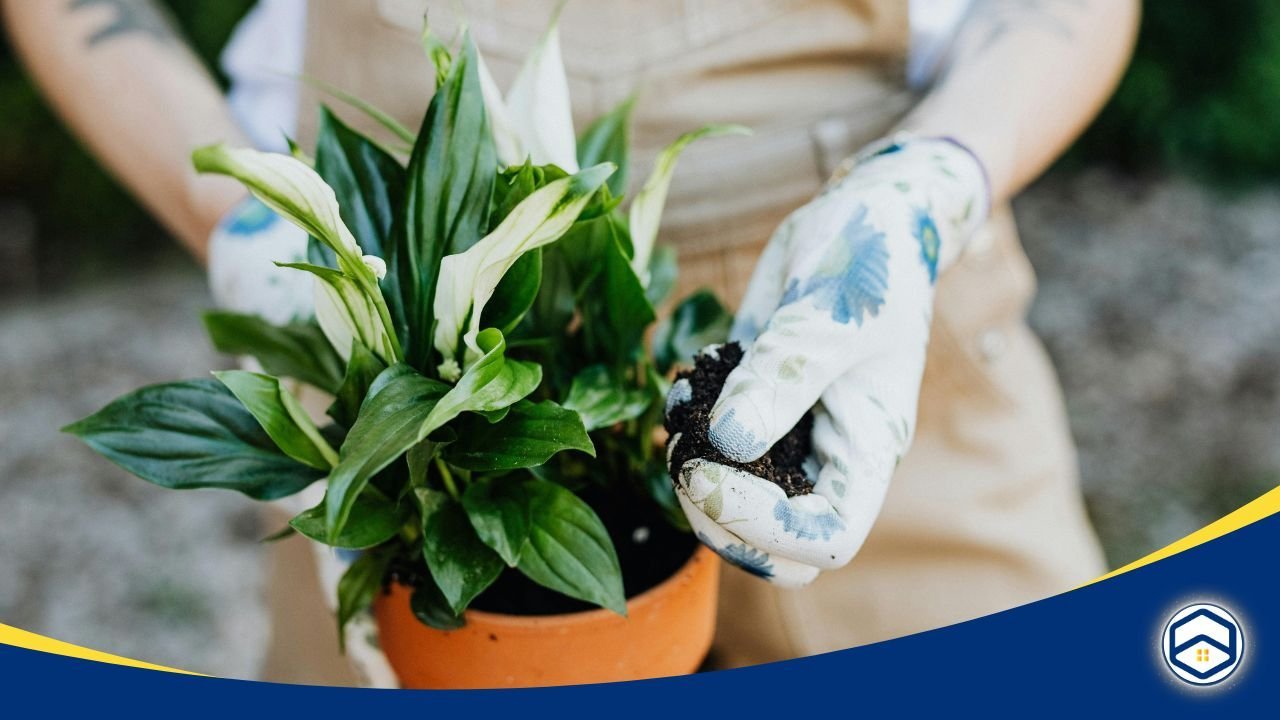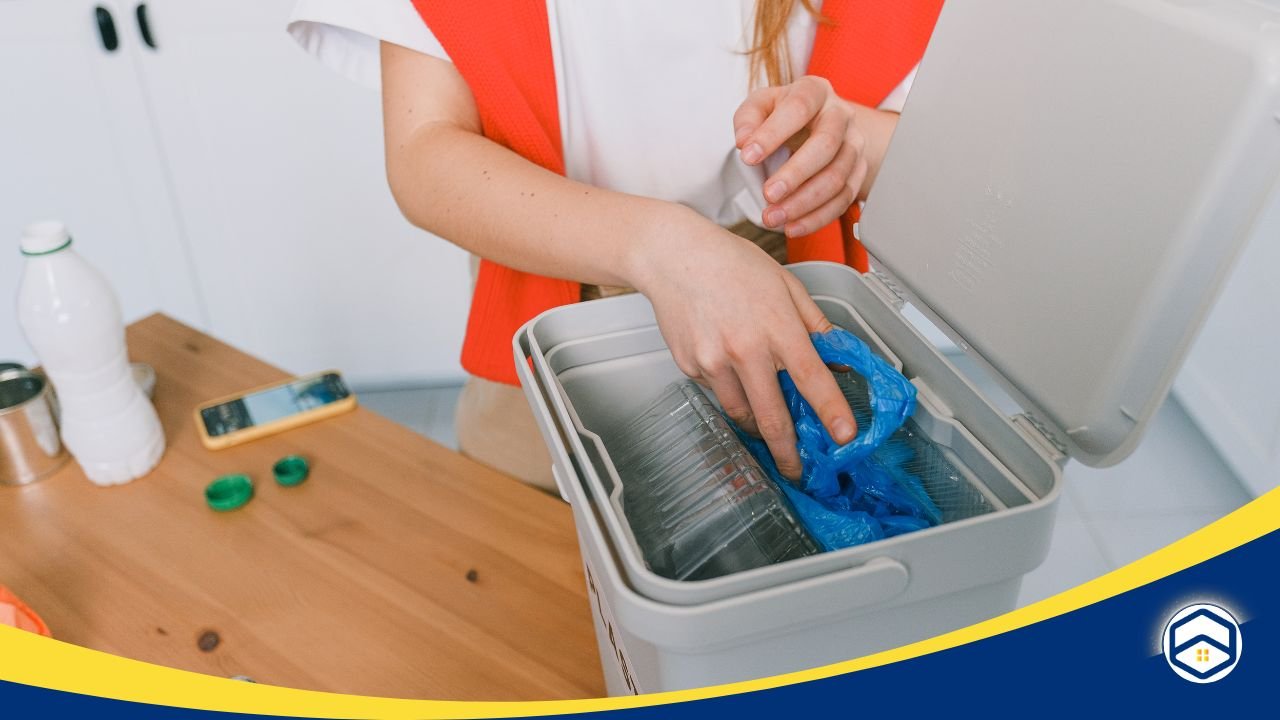Peace lilies are popular houseplants known for their beautiful, glossy leaves and elegant white blooms. They are relatively easy to care for, making them an excellent choice for both beginners and experienced plant enthusiasts. In this guide, we’ll explore everything you need to know about how to take care of a peace lily, ensuring it thrives in your home.
Understanding Peace Lilies

Peace lilies (Spathiphyllum spp.) are tropical, evergreen plants native to the rainforests of Central and South America. They thrive in the warm, humid conditions of these regions, making them well-suited for indoor environments that mimic these conditions. Although they are not true lilies, they belong to the Araceae family, which includes other popular houseplants like philodendrons and pothos.
The striking white flowers of peace lilies, known as spathes, are actually modified leaves that surround the plant’s tiny flowers, adding to their elegant appearance. The spathes resemble a white flag of peace, which is why they are commonly called “peace lilies.” This symbolism, along with their air-purifying qualities, makes them a popular choice for homes and offices. Peace lilies are admired not only for their beauty but also for their ability to adapt to various indoor lighting conditions, making them versatile and easy to take care of. If you’re looking to take care of a peace lily, you’ll find them to be a rewarding addition to your plant collection.
Light Requirements

Peace lilies thrive in bright, indirect light, which helps them grow lush and healthy. While they can tolerate low light conditions, they may not bloom as frequently in such environments. Avoid direct sunlight, as it can scorch their leaves, causing brown spots and damage that detracts from their beauty. For optimal growth, place your peace lily near a window with filtered light or in a well-lit room where it can bask in gentle illumination.
If you’re learning how to take care of a peace lily, consider rotating the plant occasionally. This practice ensures even light exposure and prevents the plant from leaning toward the light source, which helps maintain its symmetrical appearance. Regular rotation also promotes balanced growth, keeping your peace lily looking its best from all angles. By providing the right lighting conditions, you’ll encourage your peace lily to flourish and enjoy its elegant white blooms and vibrant foliage.
Watering Your Peace Lily
Proper watering is crucial when you take care of a peace lily. These plants prefer consistently moist soil but are sensitive to overwatering. Water your peace lily when the top inch of soil feels dry to the touch, which helps prevent both underwatering and overwatering. Ensure that the pot has good drainage to prevent waterlogging, which can lead to root rot and other issues. During warmer months, you may need to water more frequently, while in winter, reduce the frequency to avoid excessive moisture. Regularly check the soil and adjust your watering routine as needed to keep your peace lily healthy.
Humidity and Temperature

Peace lilies thrive in high humidity and warm temperatures, ideally between 65°F and 80°F (18°C to 27°C). To maintain humidity, consider placing a tray of water near the plant or using a humidifier, which can be especially beneficial in drier environments. Misting the leaves occasionally can also help increase humidity, keeping the foliage healthy and vibrant. When you take care of a peace lily, it’s important to keep the plant away from cold drafts and sudden temperature changes, which can cause stress and lead to the browning of the leaves. Consistent conditions will help your peace lily flourish.
Fertilizing Your Peace Lily

Fertilize your peace lily every six to eight weeks during the growing season (spring and summer) using a balanced, water-soluble fertilizer. Dilute the fertilizer to half the recommended strength to avoid overfeeding, which can damage the plant and lead to burnt leaf tips. When you take care of a peace lily, be mindful that during fall and winter, its growth slows down, so it’s best to reduce or stop fertilizing during these months. This ensures that the plant conserves energy and remains healthy throughout the year.
Pruning and Maintenance
To keep your peace lily looking its best, regularly remove yellow or brown leaves. Use clean, sharp scissors to cut the leaves at the base, which helps prevent any potential disease spread. Deadheading spent flowers encourages new blooms and maintains the plant’s appearance. Wiping the leaves with a damp cloth to remove dust not only enhances their shine but also improves photosynthesis. When you take care of a peace lily, regular maintenance like this is essential for its overall health and beauty.
Repotting Your Peace Lily

Peace lilies typically need repotting every one to two years or when they become root-bound. Choose a pot that is one size larger than the current one and use well-draining potting soil to ensure proper moisture levels. Gently remove the plant from its old pot, loosen any tightly bound roots, and place it in the new pot, filling in with fresh soil. Water thoroughly after repotting to help the plant settle into its new environment.
If you take care of a peace lily by repotting it properly, you’ll promote healthy growth and prevent issues related to overcrowding. Remember, knowing when to take care of a peace lily through repotting is crucial for its continued vitality and blooming potential.
Common Problems and Solutions
1. Yellowing Leaves
Yellowing can be a sign of overwatering or underwatering. To effectively take care of a peace lily, adjust your watering routine to ensure the soil remains consistently moist but not soggy. Check the soil moisture regularly to prevent this issue.
2. Brown Leaf Tips
Low humidity or excessive fertilizer often causes brown tips on piece lily leaves. To take care of a peaceful lily, increase humidity by misting or using a humidifier, and reduce fertilizer use to avoid chemical burns on the foliage.
3. Drooping Leaves
Peace lilies droop when they need water. If you notice your plant wilting, water it promptly, and it should perk up within a few hours. Recognizing these signs is crucial when you take care of a peace lily, as it helps maintain its health and vitality.
4. Lack of Blooms
Insufficient light or nutrients can prevent your peace lily from blooming. Ensure the plant receives adequate indirect light and fertilizes during the growing season to encourage flowering. Knowing how to take care of a peaceful lily in terms of light and nutrients will lead to more frequent blooms.
Pet Safety
Peace lilies contain calcium oxalate crystals, which can be toxic to pets if ingested. These crystals can cause irritation in the mouth, drooling, and difficulty swallowing in cats and dogs. To properly take care of a peace lily and ensure the safety of your pets, keep the plant out of reach of curious animals by placing it on high shelves or in rooms that your pets cannot access.
If you suspect your pet has consumed any part of the plant, contact a veterinarian immediately for advice and potential treatment. It’s important to monitor your pets closely and educate family members about the potential risks associated with peace lilies. Taking these precautions will help you enjoy your peace lily while keeping your furry friends safe.
Conclusion
To take care of a peace lily effectively, provide the right balance of light, water, humidity, and nutrients. With proper care, your peace lily will reward you with lush foliage and beautiful blooms, adding a touch of elegance to your indoor space. Follow these tips, and enjoy the beauty and tranquility that a peace lily brings to your home. When you consistently take care of a peace lily, it becomes a stunning and resilient addition to your plant collection.











